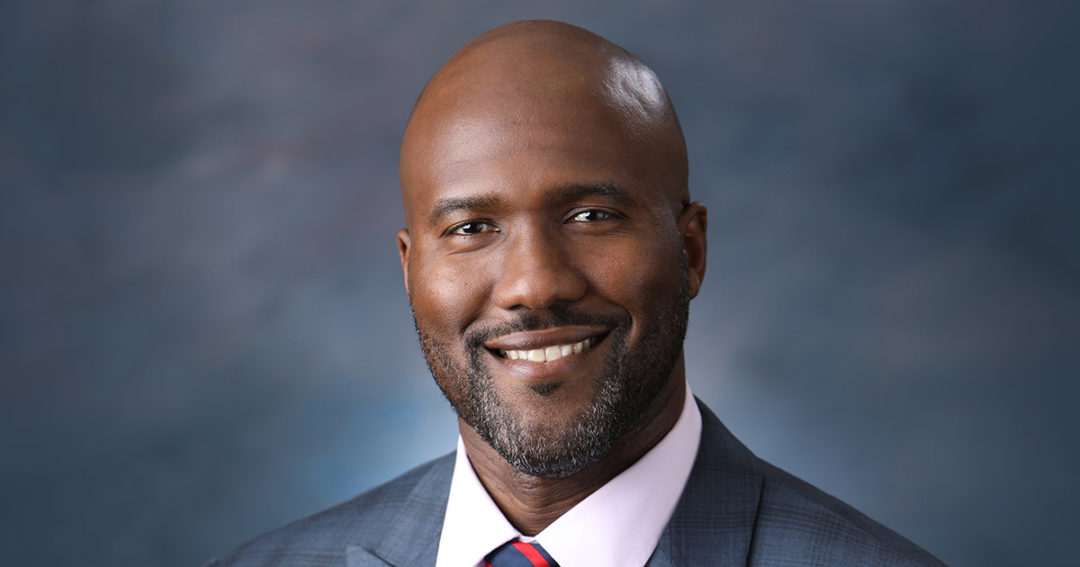
Embrace our differences
Acknowledging our differences can be uncomfortable, but our differences make us who we are.
Have you ever seen an event that celebrates a different culture or group, but felt excluded because you are not a member of that community?
Perhaps it was a conference dedicated to empowering women or a Pride community luncheon, but you opted out because you are not a woman or don’t identify as LGBTQ.
Acknowledging and discussing our differences can be uncomfortable, often requiring us to be vulnerable. Some even think discussing our differences divides us.
The reality is, our differences are what make us who we are. They influence how we experience the world and how the world perceives us. Our differences provide a unique perspective, and there is value in that perspective.
Yes, Black History Month provides an opportunity to expand our awareness and appreciation for the contributions of African-Americans—like that the practice of inoculation was introduced to America by an African slave, or that one in four cowboys was black—but it can also teach us so much more.
This is a time to remember what can be achieved when we engage everyone across our society, encouraging contributions from diverse perspectives and talents. Engaging diverse perspectives reveals new insights, unlocking robust problem-solving capabilities, leading to improved service delivery.
Why does this matter?
There are 115 million credit union members in the U.S., but only one in three are engaged (e.g. see their credit union as their primary financial institution). Many of these disengaged members come from traditionally underrepresented groups: 60% are under 35 years old, 21%are Hispanic, and 17% are African-American. These numbers are considerably lower among engaged credit union members.
Looking beyond the credit union movement, there are more than 200 million Americans who are not credit union members, and this group is growing more diverse. In fact, 100% of our country’s population growth is from communities of color, and this trend is projected to continue for the next 40 years. By 2045, 50.3% of the U.S. population will be members of a minority group.
Simply put, we will not be able to adequately serve and uplift tomorrow’s America until we find ways to connect with the disengaged members already part of the movement. The first—and easiest—step to doing this is by embracing our differences and discussing our different preferences, challenges, desires, and experiences.
The ideal state is for the credit union workforce to reflect our members, current and future, thus providing the best opportunity to ensure a rich and diverse dialogue when developing solutions that meet the needs of the communities we serve.
As not-for-profit, member-owned cooperatives we have the perfect structure to attract, encourage and leverage diverse talent. And if everyone on the team is fully engaged, then the inclusion of these diverse perspectives will lead to robust, innovative, industry-leading products, services, and experiences.
Is the credit union movement prepared to serve our changing society? Is your credit union discussing these trends as you plan for the future?
Black History Month provides an opportunity to recognize the unique contributions and challenges of one of our storied American communities. Let’s use that opportunity to embrace fresh new approaches and experiences. This is an opportunity to serve every person in our great union.
Next time you see an event for a community that does not look like you… go! I’ll see you there.
KEVIN MARTIN is senior vice president of SchoolsFirst Federal Credit Union in Santa Ana, Calif.